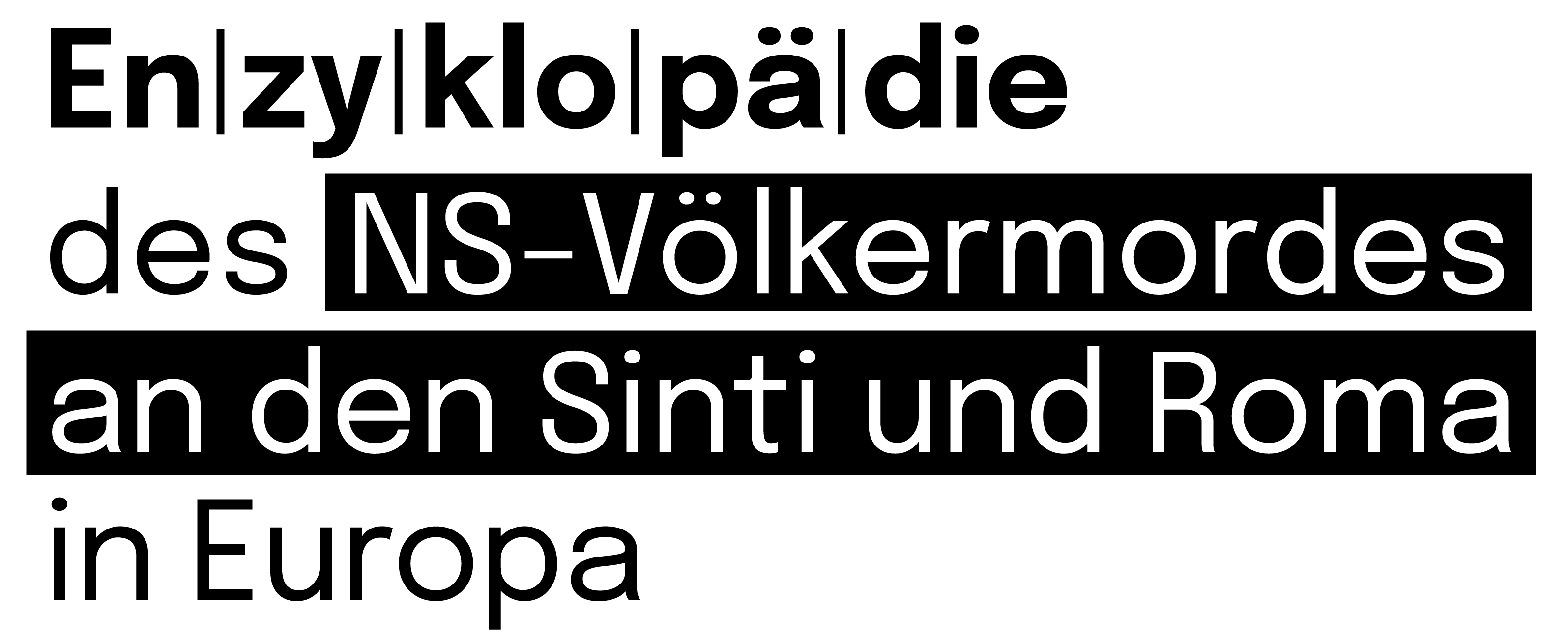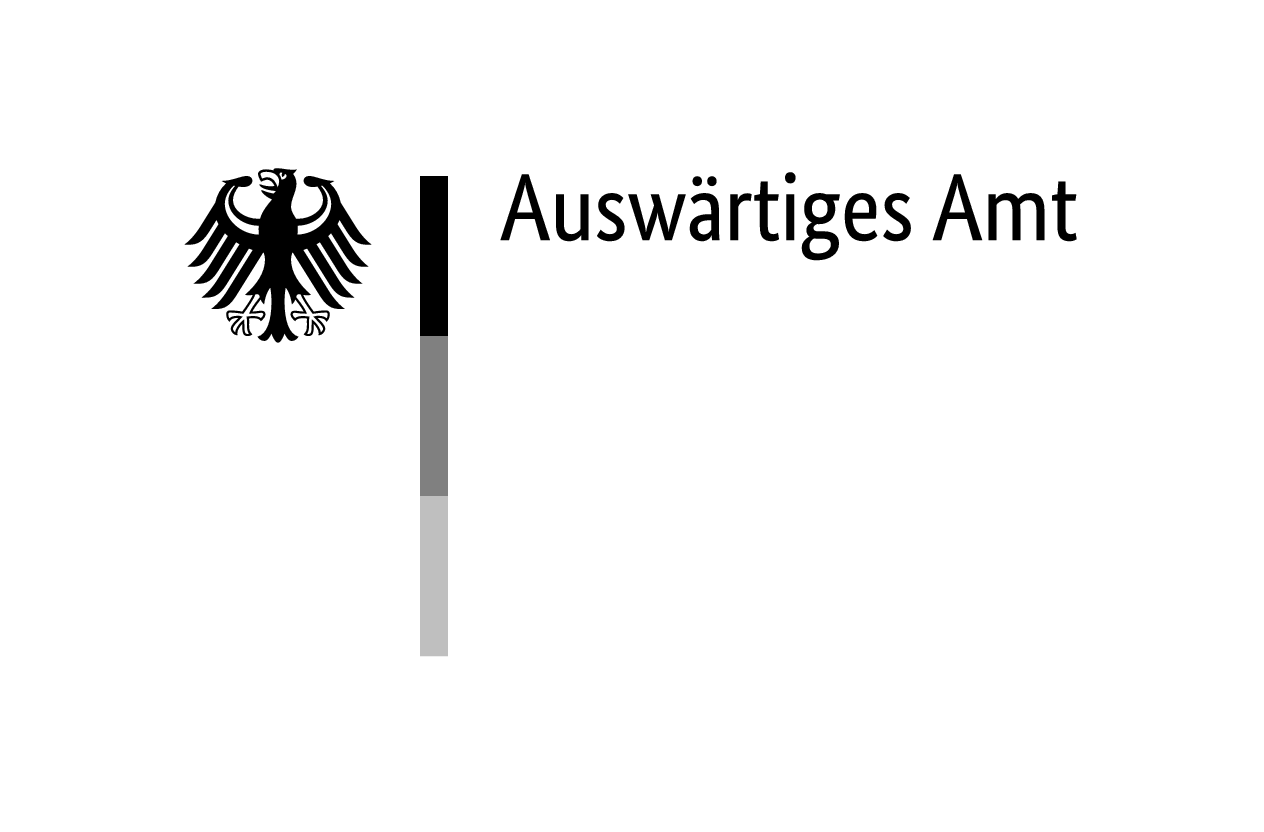The Roma constitute the largest national minority in the Czech Republic, where a national minority is defined in law as a group ‘different in ethnic origin, culture, language and tradition’ from the other inhabitants of the country. According to qualified estimates, approximately 250,000 Roma currently live there.
Approximately 80 per cent of them have their roots in Slovakia, since a substantial number of Slovakian Roma moved to the territory of today’s Czech Republic after 1945, mostly for economic reasons. The rest consists of a group of Vlach Roma and descendants of the original Czech and Moravian Roma and Sinti, of whom only few survived the genocide during World War II. Members of these communities speak different dialects of Romanes and hold different views concerning the question of an overarching identity as Romani people.
Political Changes and Antigypsyism
From the beginning of 1993, the former federation of the Czech and Slovak Republics split into separate states. This brought complications in the Czech Republic for many people with Slovak roots. In particular, Roma who were born in Slovakia had to undergo a complex bureaucratic and discriminatory process to obtain Czech citizenship.
After a positive period in the early 1990s, when the Roma were recognised as a national minority and Romani representatives were involved in political life, the social status of a significant part of the Romani minority began to decline rapidly. A large proportion of Roma face considerable social exclusion, high unemployment, and educational segregation.
Despite the state’s long-term policy of integration and inclusion of the Romani population, persistent racism, discrimination mainly in employment and housing and the failure of state authorities has led to its continued marginalisation and segregation. Unsatisfactory living conditions have caused waves of emigration of part of the Romani population to some Western countries (mainly the United Kingdom and Canada) since the end of the 1990s.
The increase in right-wing extremism in the 1990s has shown itself in many physical attacks on Roma, which in some cases ended in the death of those attacked. Prejudices and stereotypes still prevail in the majority society, and this can lead to manifestations of antigypsyism. Anti-Romani attitudes are currently increasingly spreading on internet social networks as well. Hate speech directed at Roma and their culture is common on the part not only of right-wing extremist groups, but also of populist politicians at the national, regional, and local levels.
Activism, Research and Compensation
On the other hand, there is a broad civil society commitment by Roma in the Czech Republic to achieve social participation and equal rights. Since the 1990s, numerous Romani non-governmental associations and organisations dealing with culture, education and social affairs have been founded. In addition to printed Romani periodicals such as ‘Romano Hangos’ and ‘Romano Voďi’, there are also online news services and video platforms (e.g. ROMEA, TukeTV). Romani authors are publishing literary work in a range of genres.
Since the 1990s, there has also been a noticeable development of remembrance, research, and education about the Nazi persecution of the Roma during World War II in the Protectorate of Bohemia and Moravia. An important role in this process was played by the Museum of Romani Culture in Brno, which has collected historical materials, held public lectures, released various publications, and built a permanent exhibition.
Historian Ctibor Nečas (1933–2017) continued to be an important figure in the field of research, but younger researchers also began to become significantly involved. The opening of archival collections to both Czech and international researchers and the development of new methodological approaches made it possible to explore new and under-researched aspects of the history. Since 1991, the Department of Romani Studies within the Philosophical Faculty of Charles University in Prague also has played an important scholarly and educational role in the field of the history and culture of Roma.
Since the 1990s, former Romani concentration camp prisoners and their descendants have been compensated in the Czech Republic. Act No. 217/1994 Coll., which provided for lump-sum payments offered the possibility of real compensation to the victims of Nazi persecution. Since the end of the 1990s, compensation has also been provided based on the programme of the Swiss Humanitarian Fund for the Victims of the Holocaust, the programme of the German Foundation Remembrance, Responsibility and Future (EVZ Foundation) through the partner organisation Czech-German Fund for Future, and the programme of the International Organisation for Migration (IOM).
Memorial Sites
Thanks to the public debate about Czech responsibility for the genocide of the Roma in the second half of the 1990s, the former ‘Zigeunerlager’ Lety near Pisek in particular received increasing media coverage. Also important were the public debates about the function of the Lety near Pisek and Hodonin near Kunstadt camps, i.e. whether they were ‘only’ forced labour or concentration camps.
The continuous long-term activities of Romani and non-Romani activists, descendants of the victims and some non-governmental organisations gradually led to a fundamental transformation of the areas of the former ‘Zigeunerlager’ in the Protectorate of Bohemia and Moravia to sites of memory.
In Hodonín near Kunštát and in Lety near Písek annual commemorative events are held at the former camp cemeteries and monuments have been dedicated. Between 2008 and 2017 the Czech state purchased both sites from their private owners in order to create memorials with permanent exhibitions. The Hodonin near Kunstadt memorial opened in 2021, while the opening ceremonial of the new memorial place at the Lety near Pisek took place on 12 April 2024.
Remembrance
In addition to the traditional commemorative events at the Lety near Pisek and Hodonin near Kunstadt sites, other events are held every year in many places in the Czech Republic to commemorate the victims of the Nazi genocide of the Roma (primarily on the occasion of International Holocaust Remembrance Day on 27 January, International Roma Day on 8 April and International Romani Holocaust Day on 2 August). The names of the Romani victims are read out in public every year in many Czech cities together with the names of the Jewish victims of the Holocaust as part of Yom haShoah commemorations, thanks to the Terezín Initiative Institute, the organiser of the event in Czech Republic.
Despite significant progress in the field of research on the topic of the Nazi genocide of the Roma, Czech historiography still has many tasks ahead of it. The history of the Roma, especially the topic of Nazi genocide, is not given sufficient space in public education in the Czech Republic. As a rule, only a few brief and often inappropriate passages are devoted to information about the Romani population in school textbooks. For many members of the majority, the subject of the Nazi persecution of the Roma remains unknown.




